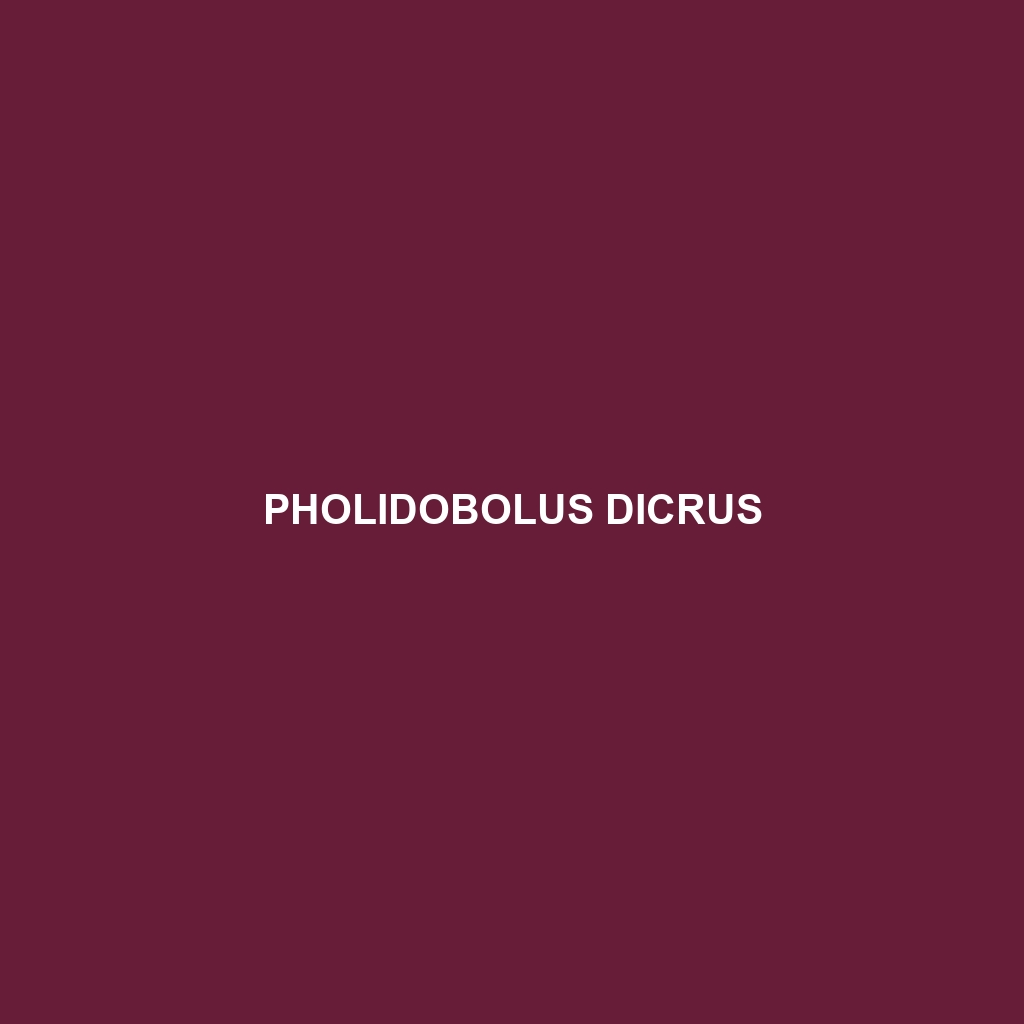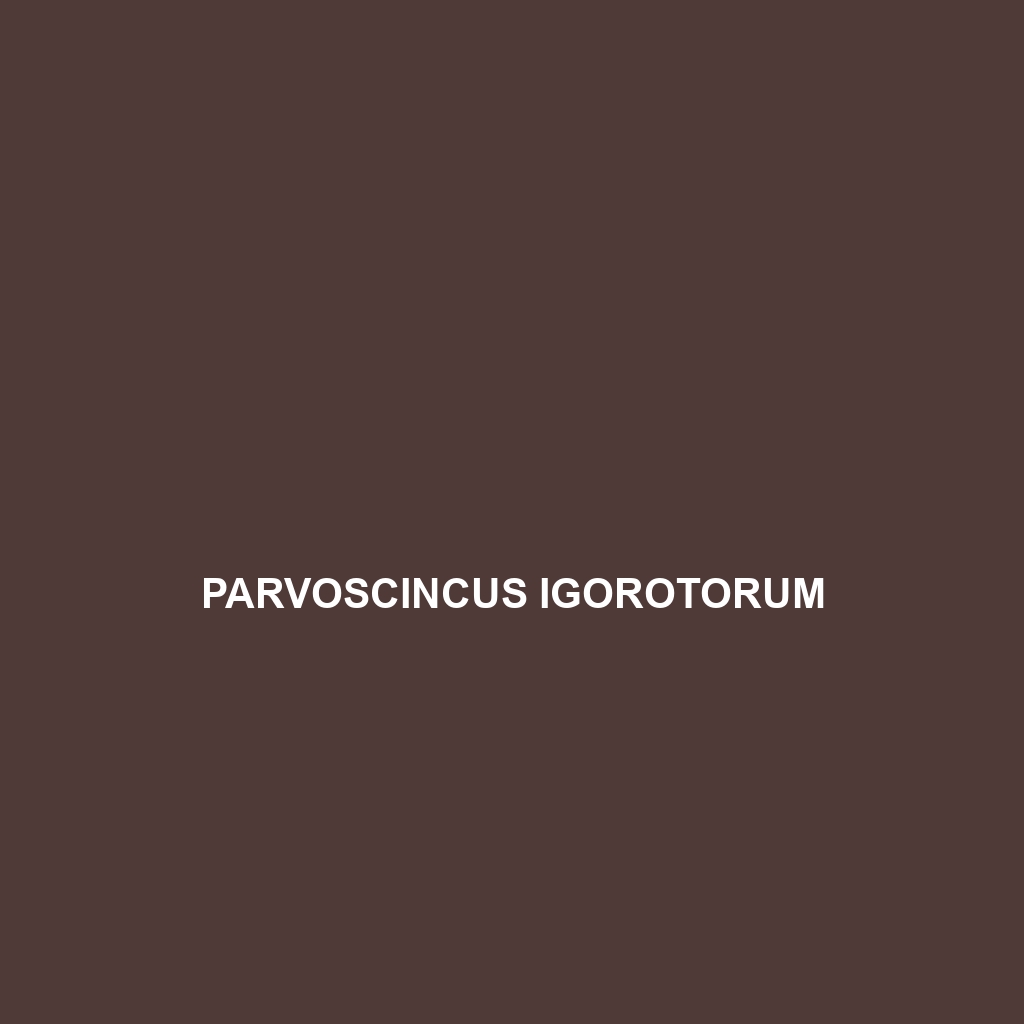<b>Ptyodactylus ananjevae</b>, commonly known as Ananjeva's Ptyodactylus, is a slender lizard native to the southeastern Mediterranean, thriving in rocky, warm environments. This nocturnal insectivore features specialized adhesive toe pads for climbing, is known for its vibrant territorial displays, and plays a vital role in controlling insect populations within its ecosystem.
Tag: conservation of reptiles
Psammophis rukwae
<b>Psammophis rukwae</b> is a slender, diurnal snake native to eastern Africa, known for its striking yellow and light brown coloration with dark bands. Found primarily in open savannas and grasslands, this agile predator preys on small animals while playing a crucial role in maintaining ecological balance within its habitat.
Pogona vitticeps
<p><b>Pogona vitticeps</b>, commonly known as the Central Bearded Dragon, is a robust, diurnal lizard native to the arid regions of Australia, characterized by its distinctive throat flaps and adaptability. These omnivorous reptiles thrive on a varied diet of insects and vegetation, making them popular pets while playing a vital role in their ecosystem as both predator and prey.</p>
Ptyodactylus ananjevae
<b>Ptyodactylus ananjevae</b>, commonly known as Ananjeva's Ptyodactylus, is a slender lizard native to the southeastern Mediterranean, thriving in rocky, warm environments. This nocturnal insectivore features specialized adhesive toe pads for climbing, is known for its vibrant territorial displays, and plays a vital role in controlling insect populations within its ecosystem.
Psammophis rukwae
<b>Psammophis rukwae</b> is a slender, diurnal snake native to eastern Africa, known for its striking yellow and light brown coloration with dark bands. Found primarily in open savannas and grasslands, this agile predator preys on small animals while playing a crucial role in maintaining ecological balance within its habitat.
Pogona vitticeps
<p><b>Pogona vitticeps</b>, commonly known as the Central Bearded Dragon, is a robust, diurnal lizard native to the arid regions of Australia, characterized by its distinctive throat flaps and adaptability. These omnivorous reptiles thrive on a varied diet of insects and vegetation, making them popular pets while playing a vital role in their ecosystem as both predator and prey.</p>
Pholidobolus dicrus
The Pholidobolus dicrus, also known as the Ecuadorian diurnal lizard, is a vibrant insectivore commonly found in the humid montane forests of Ecuador and Colombia, recognized for its elongated body, smooth scales, and remarkable ability to adapt its coloration for camouflage. This species plays a critical role in its ecosystem by controlling insect populations and acting as a seed disperser.
Phelsuma pronki
<strong>Phelsuma pronki</strong>, or Pronk's day gecko, is a vibrant green gecko native to Madagascar, known for its striking coloration and arboreal lifestyle. This diurnal species thrives in tropical environments, primarily feeding on insects and nectar, while playing a crucial role in pollination and maintaining ecosystem balance.
Parvoscincus igorotorum
Discover the Igorot skink (Parvoscincus igorotorum), a vibrant reptile native to the lush rainforests of the Philippines, sporting a sleek, dark brown to olive green body with distinctive stripes. This intriguing insectivore thrives in humid environments, playing a vital role in its ecosystem by controlling insect populations while exhibiting unique camouflage and fascinating behaviors.
Pareas kaduri
<p><b>Pareas kaduri</b>, a slender, nocturnal snake found in Southeast Asia's tropical rainforests, thrives in high humidity and is known for its unique coloration and ambush feeding behavior on small amphibians and insects. Currently listed as vulnerable, this intriguing species plays a vital role in its ecosystem by helping control insect populations and serving as prey for larger predators.</p>









